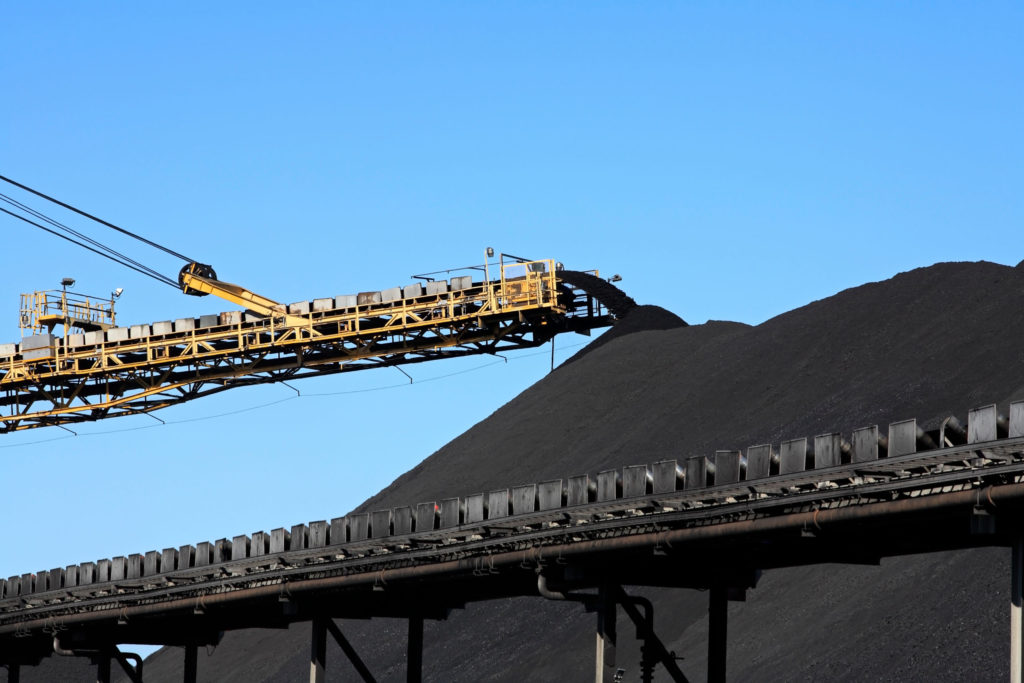Bloomberg News | October 10, 2024 |

Credit: cbpix/Adobe Stock
China’s biggest coal miner announced the construction this week of another massive project to supply feedstock for petrochemicals makers and help clear a prospective surplus of the fossil fuel.

China Energy Investment Corp. said it will spend 170 billion yuan ($24 billion) to build an integrated plant in the northwestern region of Xinjiang that will turn coal into oil products. As is expected of all such projects, the facility will be powered by renewable energy — although its inputs and outputs will be anything but clean. The first phase is slated to come online in 2027.
The facility in Hami city is just the latest in a series of coal-to-oil developments greenlit in recent years in the mining hubs of Xinjiang, Shaanxi, Ningxia and Inner Mongolia. Hami alone has indicated it will approve 300 billion yuan’s worth of such projects in its five-year plan through 2025, which could consume 152 million tons of coal by the end of the decade.
For all of its rapid deployment of clean energy, China remains by far the world’s largest coal producer and continues to push output to record levels, which hit 4.7 billion tons last year. But the fuel’s main usage in generating electricity has reached a turning point, after being surpassed for the first time by solar and wind installations. Moreover, President Xi Jinping has said consumption needs to start falling from 2026 to meet the nation’s climate goals, which has led coal miners to seek other avenues for their product.
One problem is that China’s petrochemicals industry is in a funk, the victim of its own breakneck expansion just as consumption has faltered due to a weak economy. Coal-to-oil profits slumped 53% last year, according to the China Petroleum and Chemical Industrial Federation.
Another is that healthy margins rely on a wide spread between the price of coal, which China has been successful in suppressing, and the price of oil, which has suffered as Chinese imports have slowed. Beijing’s wider efforts to decarbonize the economy continue to weigh heavily on oil processing generally, and Chinese consumption of products like diesel and gasoline may already have peaked.
The Hami facility, which will be capable of yielding 4 million tons of oil products a year for processing into materials like polyester, is more likely to prosper because CEIC’s scale allows it to mine coal particularly cheaply. It’s liquefaction technology has also been touted as state of the art.
But the timing nevertheless represents a risk. China’s coal-to-oil capacity rose 24% to 11 million tons in 2023 compared to 2019. That means the new plant will account for a significant chunk of Chinese output at a time when its customers aren’t in great shape and pressure is mounting on industry to reduce rather than add to national carbon emissions.
No comments:
Post a Comment